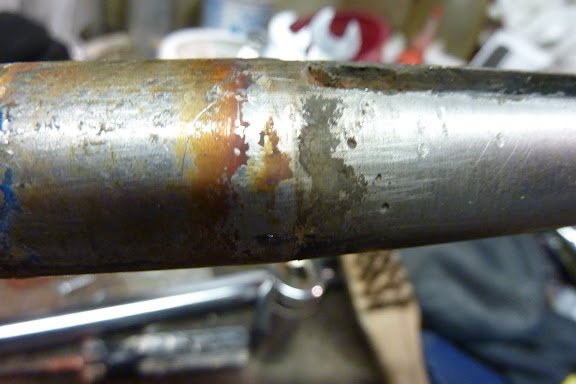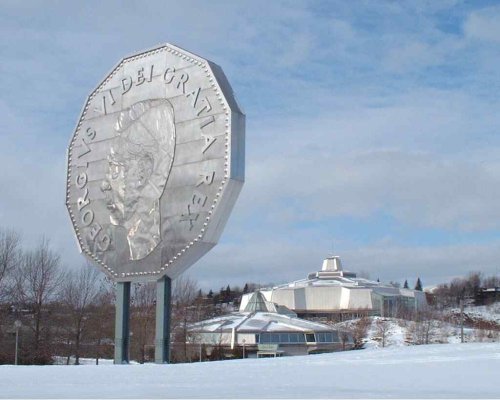angus99
Guru
I bit the bullet and had the yard remove and clean up the steering gear. There are no signs that water has ever leaked past the packing, but there had been leaks at the base of the bronze shaft logs, which had been "fixed" with a filet of caulk around the joint between the flange and hull, visible in the first two photos below. That kept the water out but obviously did not solve the problem. Miraculously, there is no rot in the wood reinforcing the hull penetrations and most of the gear cleaned up beautifully after bead blasting. That's the good news.
The bad news is some significant pitting on the steering shafts as you can see from the lower photos. I'd appreciate any knowledgeable recommendations about my options. It looks awful, but these are very robust shafts. I don't want to lose a rudder, but is that what I'd be risking if I have them reinstalled as is?
If I opt to get them fixed, is a prop shop the best option? Can anyone recommend a good shop in the northern Chesapeake who does this work well? (I'm not even going to ask about cost.).





The bad news is some significant pitting on the steering shafts as you can see from the lower photos. I'd appreciate any knowledgeable recommendations about my options. It looks awful, but these are very robust shafts. I don't want to lose a rudder, but is that what I'd be risking if I have them reinstalled as is?
If I opt to get them fixed, is a prop shop the best option? Can anyone recommend a good shop in the northern Chesapeake who does this work well? (I'm not even going to ask about cost.).












